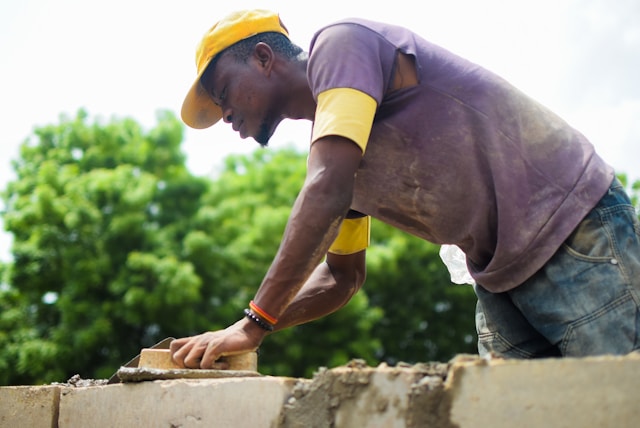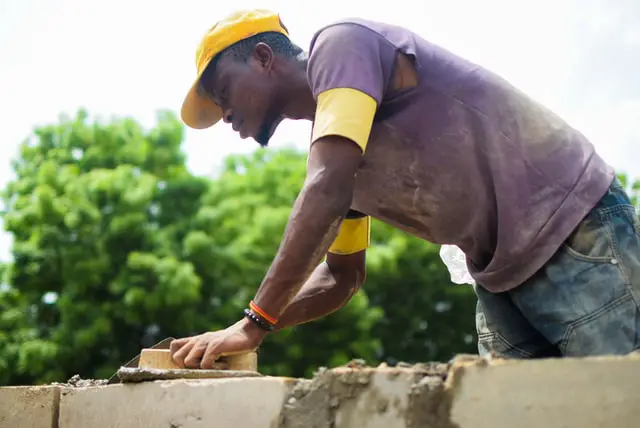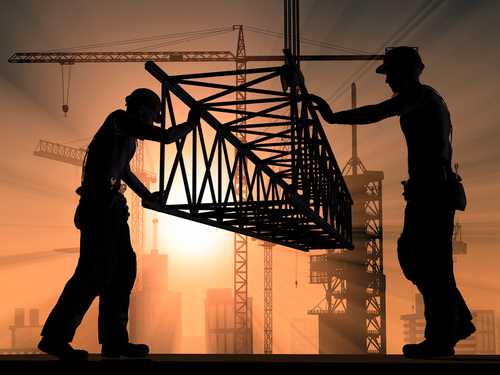Bricklayers – also sometimes known as masons – are the people who contribute so much to the structural building sphere, from a foundational level upwards. Because buildings of any kind in most countries are constructed using bricks, it is essential to ensure that the people who lay these bricks are knowledgeable, skilled and experienced in their jobs. From the foundations upwards, a structure relies on its strength and stability for continued durability and longevity. This is why skilled bricklayers are so important in building work, as they may, quite literally, be seen as laying the foundations for a building’s structural integrity. Careless and inexperienced bricklaying often results in the appearance of cracks in walls and floors, which will only deteriorate over time, making a wall or the entire structure unsafe for use. From a foundational perspective, bricklaying lays the groundwork for a solid and durable structure, no matter how big or small.

The projects that bricklayers undertake are varied
In short, bricklayers tackle jobs such as building walls in a variety of different construction projects, and many structural foundations, as well as smaller jobs such as creating walkways, patios, archways, chimneys, smaller decorative brick structures, and similar projects. In addition, bricklayers are tasked with repairing and restoring existing brickwork, ensuring that exterior-facing surfaces are adequately sealed and protected against the ingress of dampness and water. They are skilled in matching existing brickwork as far as possible, and in cutting and shaping bricks to fit the architectural plans exactly to predetermined measurements. As such, bricklayers have to be competent in using different types of tools, whether hand tools such as trowels, sledgehammers, hammers, masonry and octagonal steel brick bolster chisels, Dutch pins (masonry clamps), spirit levels and plumb lines, some of which are used in laying and cutting bricks to size. Masonry clamps are used by plasterers and bricklayers to temporarily hold wooden battens, profiles or feather edges in place. Because of this, bricklayers must be familiar with the characteristics of the type of brick used, since not all bricks are suitable for certain building projects. Bricklayers also use power tools such as heavy-duty drills and mortar/plaster mixers in their work.
What does a bricklayer do?
Bricklaying involves the correct placement of bricks in position, creating a bond between each brick with mortar applied with a trowel, checking the alignment of bricks to ensure that a wall is straight, both vertically and horizontally, and sealing foundations with the appropriate damp-resistant materials. The repair and maintenance of existing brick structures also fall within their responsibilities, which is a specialised aspect of their skills and experience, as bricks have to be cut and shaped to size according to the original design. Bricklayers are responsible for the correct measurement of actual build areas and ensuring that the first rows of bricks are accurately laid according to prepared plans, and with an appropriate damp course against different weather conditions. Bricklayers also need to have a good head for heights, as they are responsible for laying bricks at multi-level heights, using the correct hoisting or climbing equipment as they progress upwards. As such, they may be required to erect simple scaffolding up to certain heights. They may also be required to work in cramped or tight spaces at times, so claustrophobia could pose a major problem in such areas, and this needs to be taken into account when employing the right bricklayer. There is also an artistic element to bricklaying, as some ornamental/design work involves laying shaped or coloured patterns in building floors, walls or archways. A skilled bricklayer should ideally be able to visualise the result of the project on which he is working to turn a two-dimensional plan or picture into a complete three-dimensional reality.
Even if the job is small, your “Brickie” is the one to turn to if you want it done right
Whilst not undermining the indispensable role that bricklayers play in the construction and building industry, they can also be the stars of your small projects at home. From building small, raised planting beds in the garden, creating a simple archway or arbour, beautifying your patio floor – for instance, replacing a solid concrete slab with a plain or patterned brick floor – or assisting in the building of an outdoor braai area, to name but a few projects, employing a good bricklayer will assist you in bringing your vision to life better than you could ever imagine. No matter how small or complex the project, a good bricklayer will ensure that it stands the test of time and adds beauty through expert and skilled construction.

